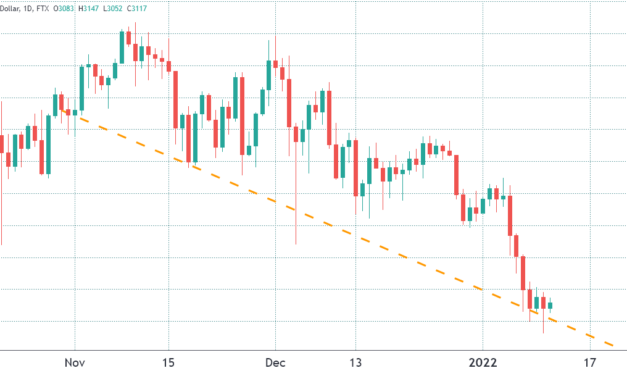CME Group launches euro-denominated Bitcoin and Ether futures
Derivatives marketplace Chicago Mercantile Exchange Group has launched trading for Bitcoin euro and Ether euro futures contracts.In a Monday announcement, CME Group said that it launched contracts for euro-denominated Bitcoin (BTC) and Ether (ETH) futures sized at 5 BTC and 50 ETH per contract. Both contracts will be listed on CME, cash-settled and based on the CME CF Bitcoin-Euro Reference Rate and CME CF Ether-Euro Reference Rate, respectively.”Our new Bitcoin Euro and Ether Euro futures will provide institutional clients, both within and outside the U.S., with more precise and regulated tools to trade and hedge exposure to the two largest cryptocurrencies by market cap,” said CME Group global head of equity and FX products Tim McCourt.First announced on Aug. 4, the euro-denominated ETH futures represent investment vehicles launched prior to the Merge in which the Ethereum blockchain transitions to proof-of-stake — expected between Sept. 10 an20. Cointelegraph reported that countries in Europe, the Middle East and Africa represented 28% of all trading for BTC and ETH futures contracts. Related: CME Group plans to launch options on ETH futures prior to the MergeCME Group launched its first BTC futures contract in December 2017, followed by an ETH futures contract in February 2021. In 2022, the derivatives exchange expanded its offering of crypto investment vehicles to include micro BTC and ETH futures. The launch of euro-denominated BTC and ETH futures came as the euro remained at parity with the U.S. dollar — at the time of publication, 1 euro is worth roughly $1.According to data from Cointelegraph Markets Pro, the price of ETH is $1,509 at the time of publication, having risen more than 3% in the last 24 hours. The BTC price fell below $20,000 on Sunday, hitting a 20-month low, but since rose 2% to reach $20,342.
Čítaj viac






